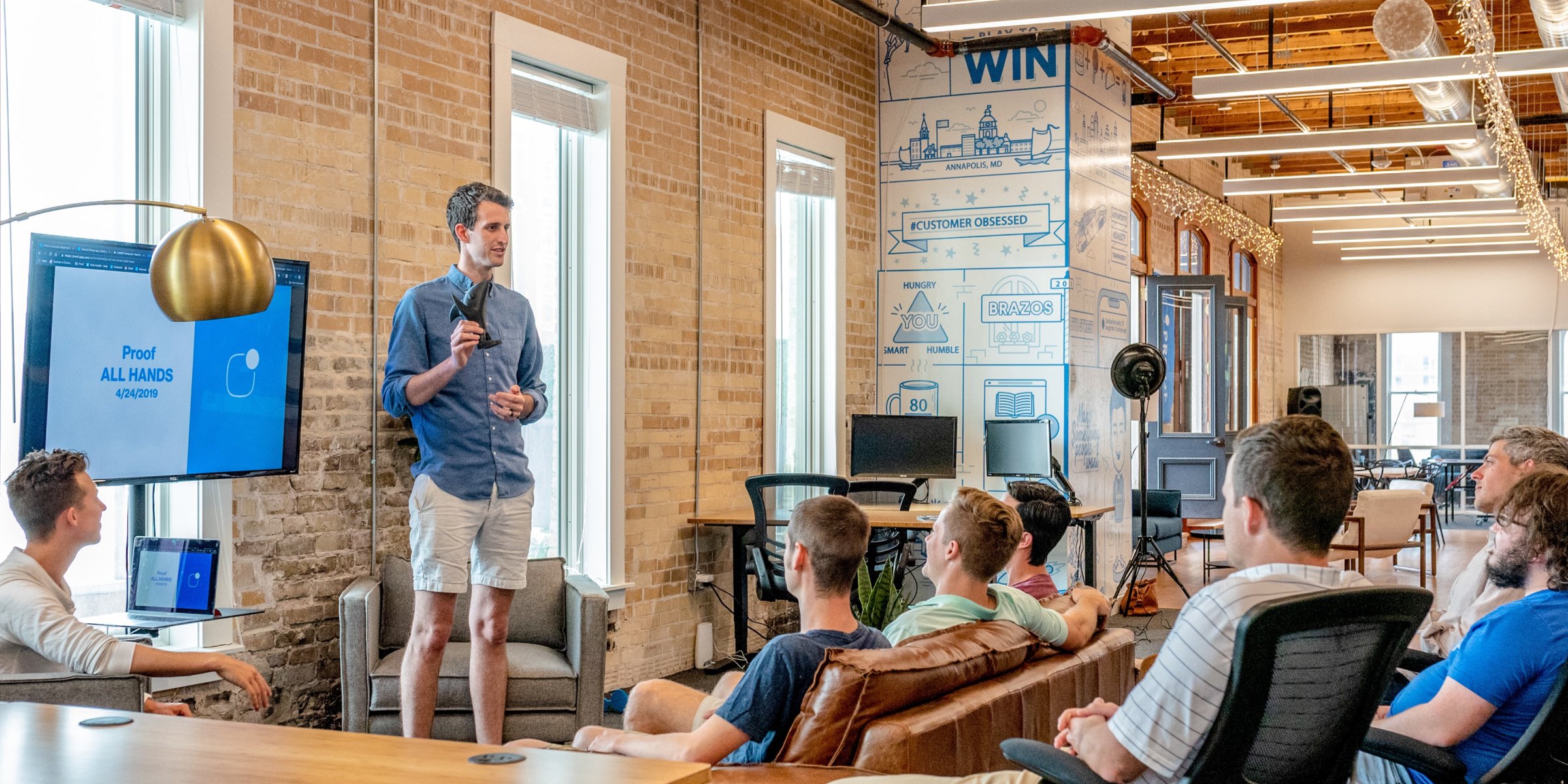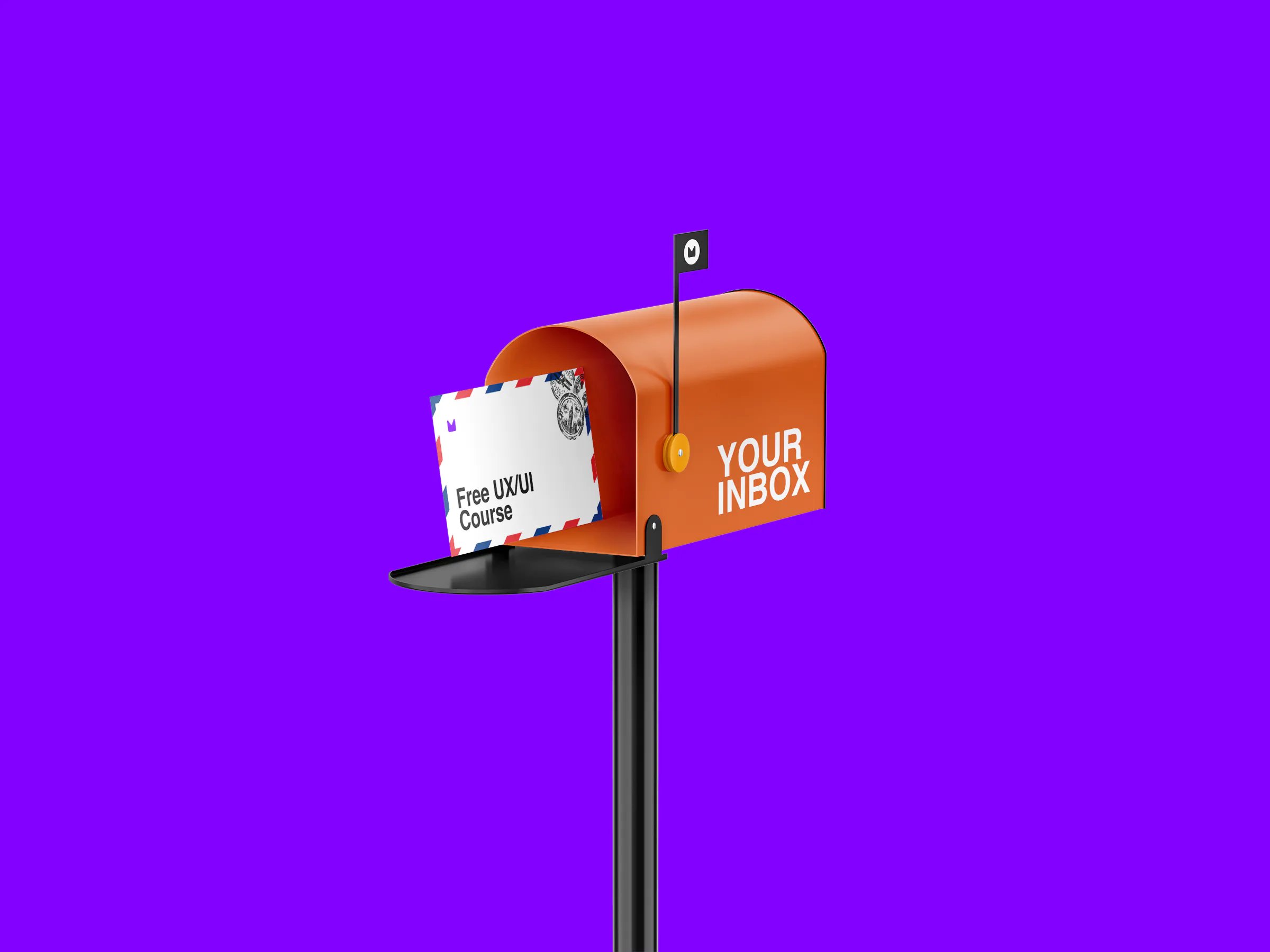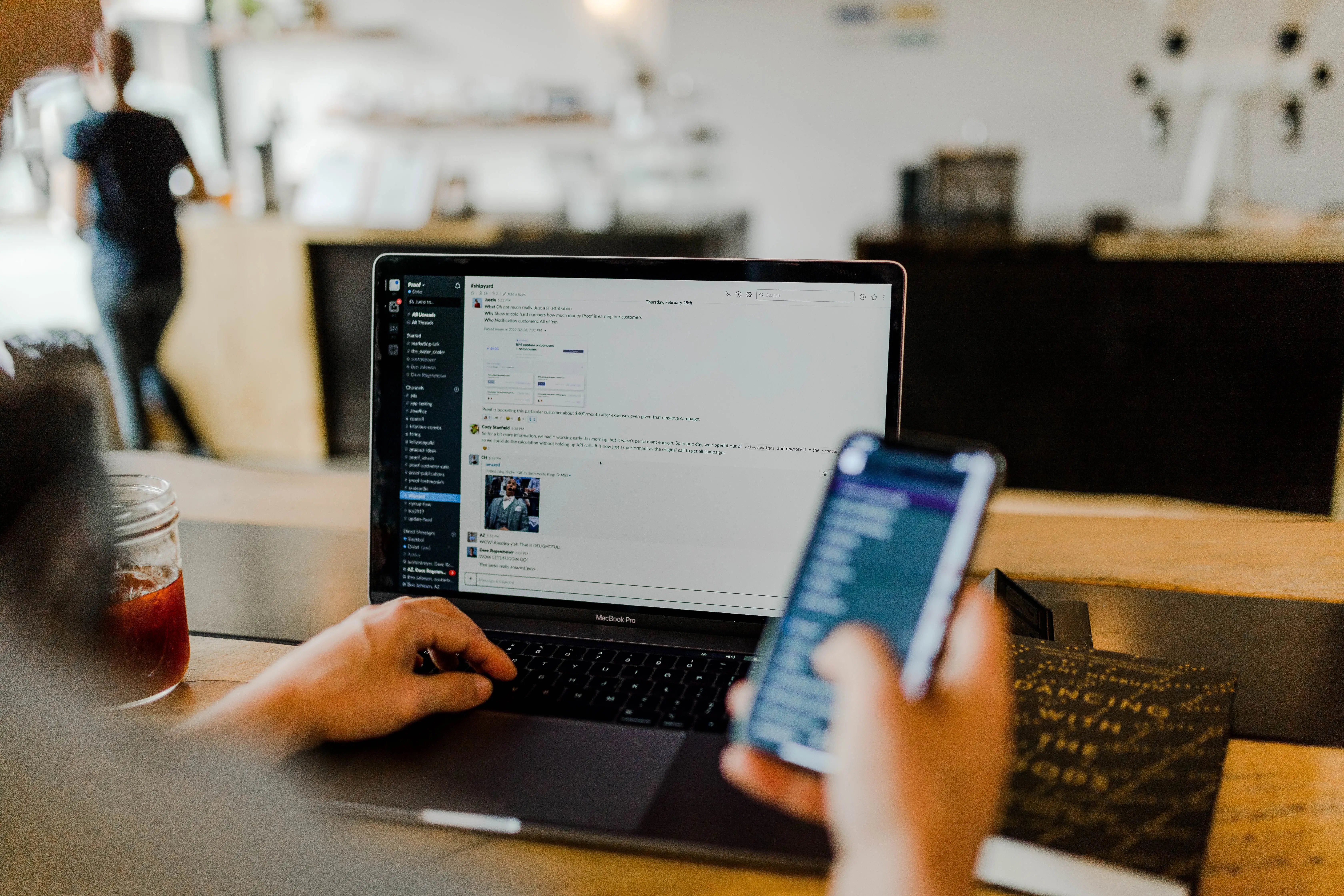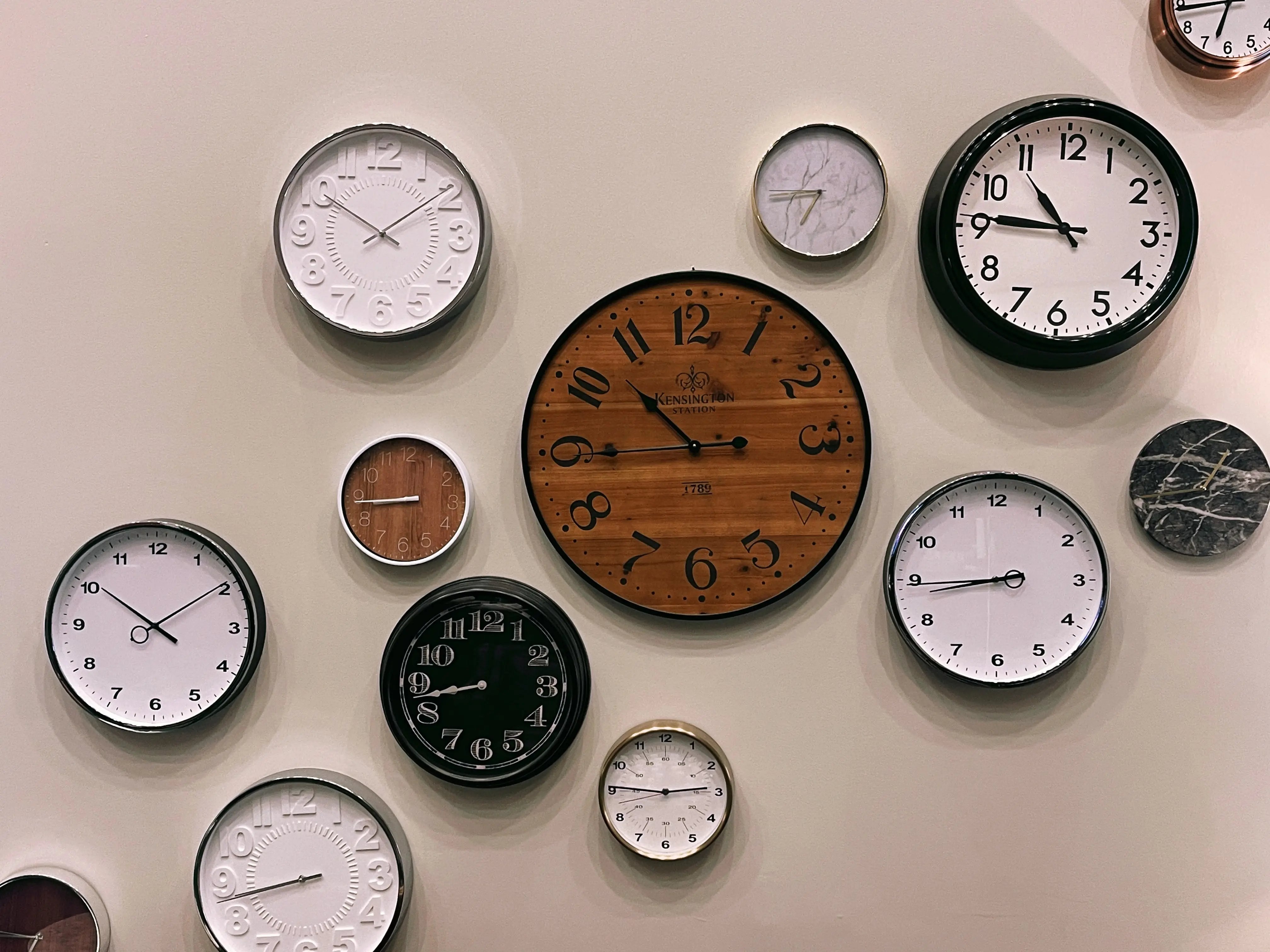

Get a Free UX/UI Course in Your Inbox Every Day for 15 Days
By the end of this three-week crash course, you'll have a much better understanding of the tech industry, the design craft, and all the knowledge you need to start building your career.

Get a Free UX/UI Course in Your Inbox Every Day for 15 Days
By the end of this three-week crash course, you'll have a much better understanding of the tech industry, the design craft, and all the knowledge you need to start building your career.

I get it; breaking into the Design industry can be tricky. As designers, it's crucial to build a strong foundation and a strong portfolio, as well as maintain a network. Staying in touch with others, learning, and taking care of other commitments simultaneously can be challenging.
Networking is essential not only during the job search process but also after landing a job. Communicating with stakeholders, developers, and users is critical, and managing networking logistics can quickly become overwhelming. It's easy for your calendar to fill up fast, leaving you feeling drained.
However, there are ways to make networking and organizing meetings less stressful. In this article, I will share what I've learned from my experiences as a designer. I'll offer some useful tips and tools that have helped me manage my time more effectively and connect with others more intentionally while also creating value.

We all know the feeling of being in too many meetings. From humorous memes to actual medical studies on "Zoom fatigue," this frustration is felt by everyone, not just those in the Design industry.
Despite the negative perception of meetings, many individuals and teams still rely on them to get work done. Meetings are a powerful way to connect with others and clarify information quickly, making them an essential part of most work environments.
However, there are instances when meetings are used to create the illusion of productivity and end up being a waste of time. While some meetings result in collaborative discussions that lead to new strategies, others are just updates where participants sit idly, thinking about other things. To move forward, let's acknowledge that "there are no bad meetings, just unclear purpose and poor choice of communication methods."
One solution is to replace some meetings with asynchronous communication, which is a method of exchanging information and ideas at different times rather than in real-time. This approach provides team members with more flexibility and focused work time without sacrificing alignment and being up-to-date. It also enables people to work across different time zones, creating a more inclusive work environment.
To leverage asynchronous communication, UX Designers can use various tools such as Slack, Discord, or Loom to share ideas with team members, other teams, or stakeholders in writing or by sharing video content.

Remember those back-and-forth e-mails when it took ages to find a time to meet? Or looking in someone's calendar, wondering if it's up to date? Things have changed, and there are more and more tools out there that can help you manage your time and share your availability.
When setting up meetings, mentorship sessions, interviews, or coffee dates, one question I stopped asking is: "When are you available?" There's nothing wrong with the questions as they're polite and professional and show that you are willing to make plans around someone's schedule. It offers flexibility and willingness to adapt to various situations.
So you might be wondering, what is wrong with it, and why did I stop asking this?
❌ It creates unnecessary back-and-forth discussion, in which the other person replies: "I am free whenever," or "Anytime after 6 pm Mon-Fri works for me". You might pick up a time in that interval, only to find out later that they have an essential appointment set up. Then the conversation starts again;
❌ It creates additional work for that person. That person has to check their calendar manually, send you some times, and come back with updates in case something changes. Their boss sets up a meeting at the time, or they need t meet with a client. It creates a cognitive load. I might sound crazy or lazy, but if your schedule is jam-packed, you will soon realize how those micro-tasks of alignment can waste hours of your time and energy. And time is one of the most precious resources we have.
How to solve this? Your first option is to give them people a few options to pick from. Even if you're technically "free all day," providing specific options will create more clarity for the other person and save you a lot of headaches.
Tools such as Calendly, YouCanBook.me, or HubSpot Sales can solve many problems and save you a lot of time adding meetings to calendars or thinking about the timezone. But if you do need to schedule something outside of them by offering time intervals manually, here are some things you should consider to be a real scheduling pro:
✅ Specify the Day of the Week with the Date: When scheduling an appointment or meeting; it is important to be specific about the day of the week with the date. Avoid using vague phrases like "next Friday," as it may cause confusion, especially if the meeting is scheduled for a future date. Instead, mention the exact date and day, such as "February 17th, Friday."
✅ Clarify Timezones: When setting up a meeting or appointment or reminding people about an upcoming event, it's crucial to remember that the participants may be in different time zones. Therefore, include timezone clarification while giving the meeting time. Even if you and the other participants are in the same timezone, they might be traveling, which could affect the timing. This way, everyone is on the same page.

If you've worked in large organizations, you might have been introduced to templates as a way to speed up your workflow. In the current work environment, we're all looking for tools to help us speed up our workflow, expand our professional networks and access information quickly.
LinkedIn is a great platform for staying up-to-date with industry trends and connecting with like-minded professionals. It can also help you maintain a well-curated digital resume for potential employers and recruiters. However, many Designers aren't using it to its full potential, especially when it comes to outreach.
When we try to connect with people on LinkedIn or reach out to potential mentors, we often rely on generic templates. We send messages like "Are you available to connect?" or "Would you be able to give me a recommendation?" without being specific about our interests or intentions.
How to approach this?
✅ Avoid creating additional work for them (see above). Be specific, both when it comes to time and topic. What are you interested in?
✅ Ditch generic messages and be intentional about the reason you are reaching out. If you are looking for a mentor, don't send a mentoring request to 100 Senior Designers, waiting for at least one to respond. Find those people you resonate the most with and tell them why. Crafting 3 personalized messages will take less time and energy than sending the same template to 100 people and combing through rejections or doing follow-up rounds.
✅ Think about what's in it for them. While people might be able to help because they are passionate and want to do good, as human beings, we cannot always provide support for free.

In conclusion, while breaking into the design industry can be challenging, several best practices and strategies can be used to increase your chances of success. One of the most effective of these is networking.
Remember to approach it with a genuine interest in building relationships and a willingness to offer value and support to others. At the same time, be specific, don't create additional work for others by being too broad, and leverage asynchronous communication to ensure that exchanging ideas is not taking all of your or others' time.